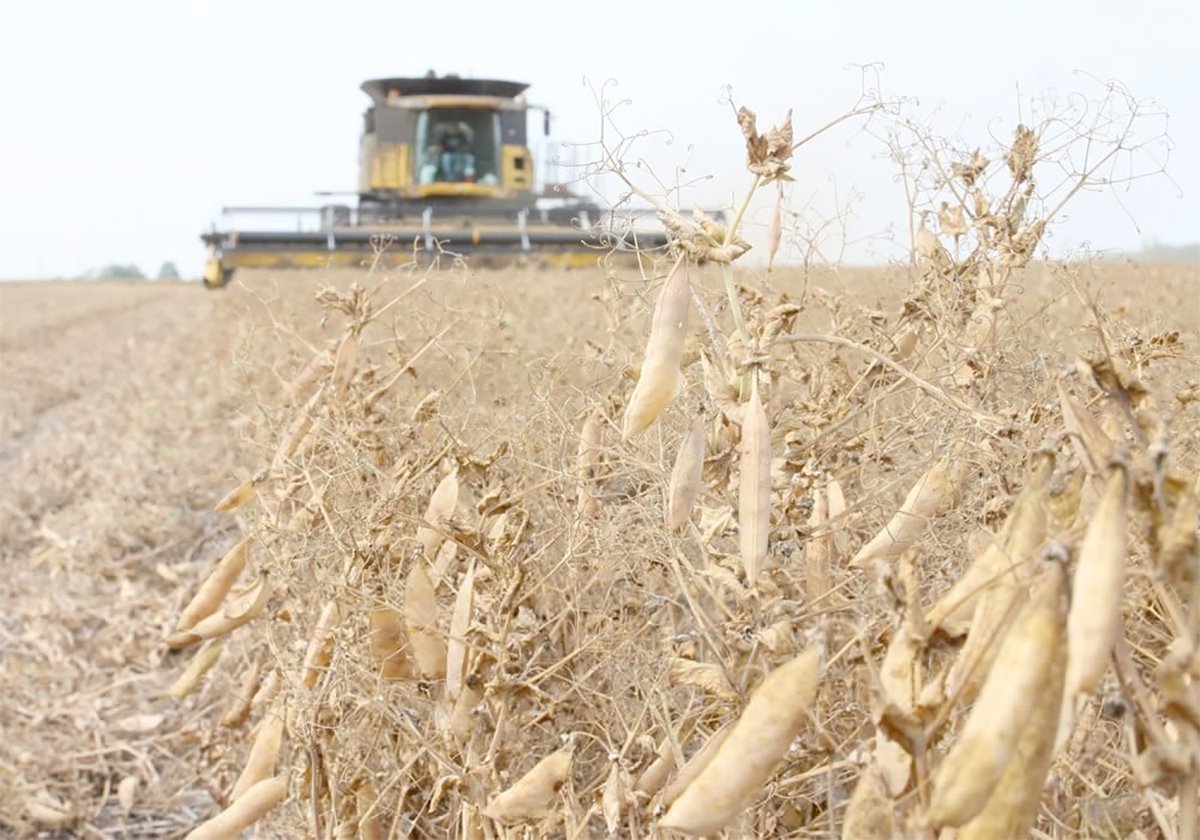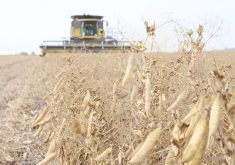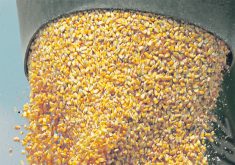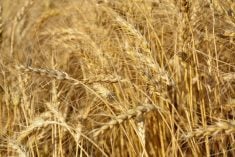Canada’s feed pea customers are having a tough time securing supply, contending with edible pea prices that are closing in on historical highs and the good quality of last year’s harvest.
During the first seven months of the 2006-07 crop year the value of Canadian pulse exports to Spain, Canada’s top feed pea customer, has fallen 61 percent, to $43 million from $110 million over the same period in 2005-06.
Spain is on target to import about 250,000 tonnes of the product by July 31, down from 800,000 tonnes the previous crop year and about half of what it typically buys.
Read Also

Chinese, Indian tariffs take toll on pea prices
The disruption of pea exports from Canada’s largest customers will likely result in slow pea exports for the remainder of the crop year.
Stan Skrypetz, special crops analyst with Agriculture Canada, said that is partly because of a better feed crop harvest in Spain last year but a bigger issue is the growing price gap between peas destined for human consumption markets and those going for feed.
“The price premium for food peas over feed peas is much higher this year than it was last year, so it’s harder to source,” he said.
Feed pea prices rose 25 cents per bushel last week to $4 per bu. based on potential production problems in France and Eastern Europe, but the gap remains wide. Processors are bidding $7.50 per bu. for yellow peas, 10 cents below the crop’s all-time high and nearly double what feed peas were fetching.
Some pulse industry analysts report that international feed pea users are contemplating removing the ingredient from their mixes. Domestic feed pea users have already cut back.
Hytek Ltd., Canada’s second largest pork producer, said peas can comprise up to 20 percent of the 10 million bu. of grain and protein byproducts the Manitoba company feeds to its hogs every year. In 2006, they accounted for a meager four percent of Hytek’s rations.
“Last year would have been on the low side,” said the company’s executive vice-president, Henry Van de Velde.
It doesn’t bother him that he was able to obtain only a small amount of the product. What he hates is the on-off nature of the supply. There are times when farmers aren’t willing to sell what they have in the bins.
“I’m quite happy at four percent or at 20 percent. What I don’t like doing is having to readjust rations because I can’t find any,” said Van de Velde.
Even in an exceptional growing season like last year, a percentage of the crop doesn’t qualify for human consumption. But farmers tend to sit on those supplies as long as they can, and then dump the peas to local elevators at fire sale prices, he said.
Van de Velde said growers should be aware that feed mills would gladly buy their peas at the right price with advance warning. Most mills book two to four weeks ahead, so if a grower needs to unload peas in the next two days, it will be at a discount.
But growers who price their peas and book delivery 30 days in advance will receive a higher price. It rises further if growers can offer a substantial supply delivered weekly over several months.
Van de Velde said he would rather deal with individual farmers than grain elevators, which sell peas containing eight percent dockage. Supplies straight off the farm are closer to two percent foreign material.
He encourages farmers to phone feed mills to find out what premiums are available. Prices are usually established around July.
“That’s really where the value is, to book ahead,” he said.
Growers who sit on their old crop until autumn risk late-season rains that could downgrade much of the in-coming grain crop to feed, increasing competition and lowering prices in the feed market.















